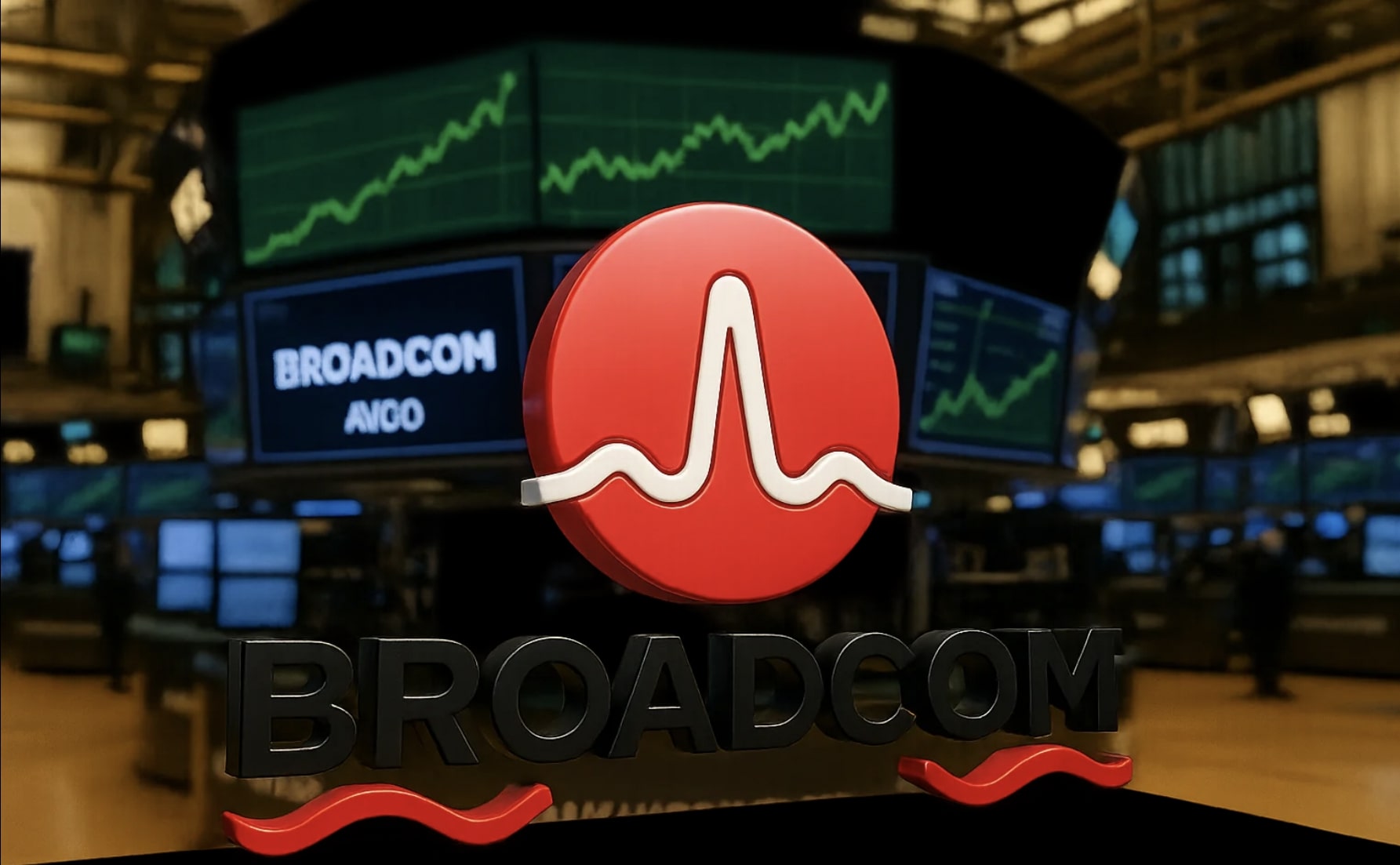Investment Potential of NYSEARCA:PFFA vs NYSEARCA:QQQ: Which ETF is the Better Buy in Today’s Market?
A Strategic Deep Dive into NYSEARCA:PFFA and NYSEARCA:QQQ: A Tale of Two Investment Styles
When evaluating exchange-traded funds (ETFs) like NYSEARCA:PFFA and NYSEARCA:QQQ, investors are often tasked with choosing between two very different strategies: one focused on stable, high-yield income generation, and the other driven by growth potential, particularly within the tech sector. NYSEARCA:PFFA and NYSEARCA:QQQ are both appealing in their own right, but the decision on which ETF to invest in comes down to investor preferences, time horizons, and risk tolerance. In this comprehensive analysis, we’ll take a closer look at the specifics of PFFA and QQQ, comparing their performance, holdings, and market conditions to help investors make a more informed choice.
NYSEARCA:PFFA: The Income-Focused ETF with a Robust Yield
The Virtus InfraCap U.S. Preferred Stock ETF (NYSEARCA:PFFA) is tailored for investors seeking consistent income generation with a relatively low-risk profile. By investing primarily in preferred stocks, PFFA provides a unique blend of higher yields compared to common equities, while also maintaining a degree of stability due to the fixed-income-like nature of preferred stocks. PFFA is known for its conservative investment strategy, focusing on U.S.-based companies with market capitalizations above $100 million, ensuring both liquidity and quality in its underlying assets.
Currently, PFFA boasts a 10.3% annual yield, a substantial return, particularly in today’s economic environment where high-yield investments are in high demand. This yield is backed by preferred stocks, which are a hybrid between bonds and common stocks. Preferred stocks offer predictable income through dividends, which are usually more reliable than common stock dividends and are senior to common stock in terms of priority during liquidation events. For an investor looking for an income-generating asset in uncertain times, PFFA is one of the most dependable choices in the market today.
One of the most attractive features of PFFA is its ability to perform consistently, even during market downturns. As of now, PFFA is trading around 9% below its previous highs, which presents a great buying opportunity for those looking to capitalize on its mean-reverting price action. Historically, PFFA has shown that buying during such dips leads to strong rebounds, with returns often ranging between 24% to 32% within the year following a price retracement. This trend can be seen from PFFA’s performance during the 2020 crash, where the fund saw a 50% drawdown, but those who bought in at the low saw an astounding 132.35% return over the next year. If PFFA continues to follow this pattern, its current price dip could represent a fantastic opportunity to buy into a high-yield, stable fund at a discounted rate.
Despite its high yield, PFFA operates with a modest leverage ratio of 20% to 30%, which allows the fund to amplify income generation without introducing excessive risk. The leveraged exposure helps to boost returns, particularly in an environment where interest rates are low or stable. PFFA is well-positioned to perform well if interest rates fall or remain steady, as its leverage is tied to short-term instruments that quickly adjust to prevailing yields.
NYSEARCA:QQQ: A Tech-Focused Growth ETF with Immense Potential
In contrast to PFFA, which focuses on income, the Invesco QQQ Trust (NYSEARCA:QQQ) is geared toward investors seeking capital appreciation, primarily from the technology sector. QQQ is one of the most popular ETFs in the world, as it tracks the performance of the Nasdaq-100 Index, which includes 100 of the largest non-financial companies listed on the Nasdaq Stock Market. These companies are primarily from the tech, healthcare, and consumer discretionary sectors, but the ETF is heavily weighted toward tech stocks—especially the “Magnificent Seven”: Apple (AAPL), Microsoft (MSFT), Nvidia (NVDA), Tesla (TSLA), Meta Platforms (META), Amazon (AMZN), and Alphabet (GOOGL).
QQQ is a high-growth ETF that has historically delivered outstanding returns, with a 10% annualized return since its inception in 1999. Despite market crashes, including the Dot-com bubble, the 2008 financial crisis, and the COVID-19 crash, QQQ has consistently bounced back stronger, making it one of the top-performing ETFs in terms of long-term capital appreciation. As of the most recent data, QQQ is currently trading at a premium of 0.06% to its net asset value (NAV), which is slightly above its 3-year average. Given the current market downturn in the tech sector, many of the ETF’s key holdings are trading at attractive valuations, making QQQ a compelling growth play for long-term investors.
What makes QQQ particularly appealing right now is the AI revolution. A recent report from Gartner revealed that companies are expected to increase their spending on generative AI products by 76% year-over-year, with total spending reaching $643.9 billion in FY 2025. As the ETF’s largest holdings, including Nvidia, Microsoft, and Alphabet, are deeply involved in the AI space, QQQ stands to benefit significantly from the long-term growth of AI technologies. Companies like Nvidia, with its dominance in AI-powered GPUs, and Microsoft, which is heavily invested in AI services, will continue to drive growth in the ETF.
Despite recent volatility in the tech sector, QQQ has proven its resilience, and the current valuation dip presents a unique buying opportunity. The ETF’s exposure to the Magnificent Seven ensures that it will remain at the forefront of the AI and tech revolution, benefiting from technological advancements that will likely dominate global markets for the next several decades.
Income vs. Growth: Which ETF Is Right for You?
When comparing NYSEARCA:PFFA and NYSEARCA:QQQ, the key difference comes down to income versus growth. PFFA offers stable, high-yield income with its focus on preferred stocks, while QQQ provides capital appreciation through exposure to the top tech companies driving the AI revolution.
PFFA is ideal for income investors who seek a steady 10.3% yield and prefer the relative stability offered by preferred stocks. The ETF’s ability to generate consistent monthly dividends, even during market downturns, makes it an excellent choice for those looking to preserve wealth and generate income during uncertain times.
In contrast, QQQ is better suited for growth-focused investors who are comfortable with higher volatility in exchange for the potential for substantial capital gains. QQQ’s concentrated exposure to the tech sector, particularly AI, offers significant long-term growth potential, as companies like Nvidia, Microsoft, and Apple continue to lead innovation in artificial intelligence and other transformative technologies.
Market Conditions and the Outlook for PFFA and QQQ
The future outlook for both PFFA and QQQ depends largely on the broader economic environment. PFFA is poised to benefit from any interest rate cuts by the Federal Reserve, which would lower borrowing costs for the fund and increase the value of the real estate and utilities sectors in its portfolio. As PFFA has 40% exposure to real estate, a decline in interest rates would boost its yield stability and improve returns on its underlying assets.
Meanwhile, QQQ is well-positioned to capitalize on the growing AI market. As companies ramp up their investments in AI, particularly generative AI, QQQ’s holdings in Nvidia, Microsoft, and Alphabet will likely see significant upside. Despite short-term volatility, QQQ’s long-term growth potential remains strong, driven by AI adoption and the continued dominance of its top tech holdings.
Conclusion: Which ETF Is the Better Investment Today?
Both NYSEARCA:PFFA and NYSEARCA:QQQ present compelling investment opportunities, but the decision comes down to your investment goals. If you’re looking for consistent income with a high yield, PFFA is the better option, offering a stable 10.3% yield and a predictable income stream from preferred stocks. The current market dip presents an excellent opportunity to buy into PFFA at a discount, with the potential for 24% to 32% returns over the next year, primarily driven by its attractive dividend yield.
However, if you’re looking for long-term growth and are willing to ride out the volatility for the chance to benefit from the AI revolution, QQQ offers significant upside potential. With its concentrated exposure to the top tech stocks like Nvidia, Microsoft, and Apple, QQQ provides direct access to the AI market, which is poised for massive growth in the coming years. As AI adoption continues to rise, QQQ is likely to see substantial capital appreciation, making it an excellent choice for growth investors.
Ultimately, both ETFs have their strengths. PFFA is the ideal choice for income-focused investors, while QQQ is better suited for those seeking capital appreciation through exposure to the leading tech companies of today and tomorrow.

















